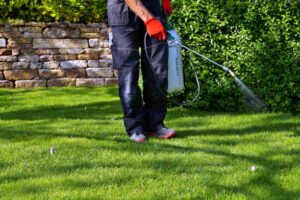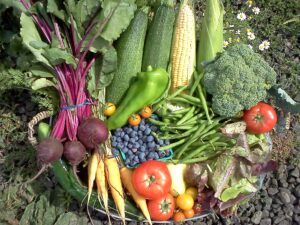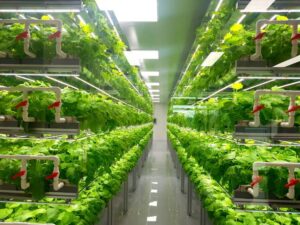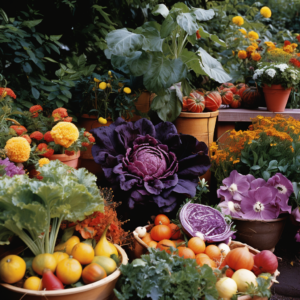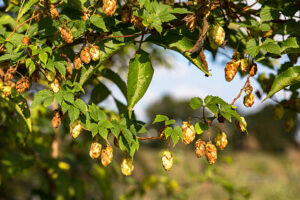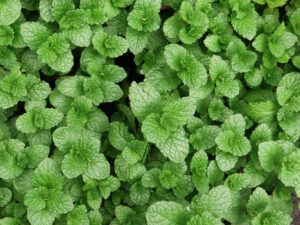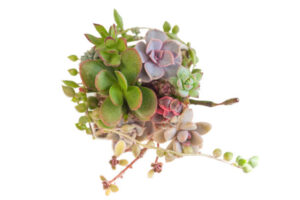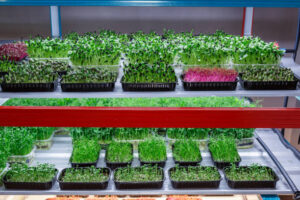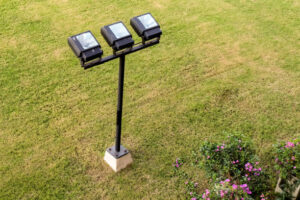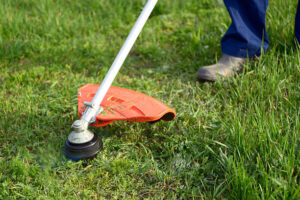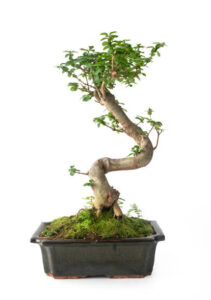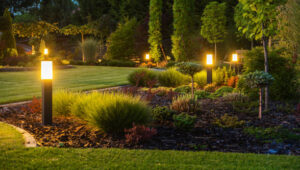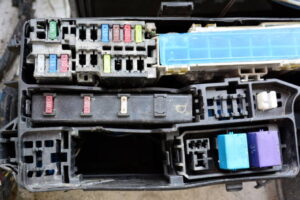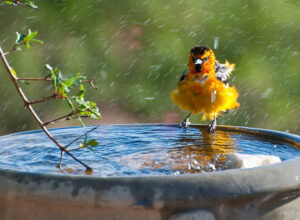Best Grass Shears: Precision Cutting for Your Lawn
Introduction
Are you looking to take your gardening to new heights? Tower gardens offer a unique and innovative way to grow plants vertically, maximizing space and increasing yields. In this comprehensive review, we’ll explore the features, benefits, and potential drawbacks of tower gardens, helping you decide if this gardening method is right for you.
Understanding Tower Gardens
Tower gardens, also known as vertical gardens or aeroponic gardens, utilize a vertical structure to grow plants in a soil-less environment. Instead of traditional planting beds, tower gardens consist of stacked trays or columns where plants are grown hydroponically or aeroponically. These systems use nutrient-rich water or mist to nourish plants’ roots, allowing them to grow rapidly and produce bountiful harvests.


Benefits of Tower Gardens
Space Efficiency: Tower gardens are ideal for small spaces such as balconies, patios, and urban gardens where traditional gardening may not be feasible. By growing plants vertically, you can maximize space and grow a wide variety of crops in a compact footprint.
Water Efficiency: Tower gardens use significantly less water than conventional gardening methods since water is recirculated within the system and absorbed directly by plant roots. This makes them an environmentally friendly option for water-conscious gardeners.
Year-Round Growing: Tower gardens can be used indoors or outdoors, allowing you to grow fresh produce year-round regardless of climate or season. With proper lighting and temperature control, you can enjoy a continuous harvest of herbs, vegetables, and fruits.
Reduced Pests and Diseases: Because tower gardens are elevated off the ground, they are less susceptible to pests and soil-borne diseases that can affect traditional gardens. This can result in healthier plants and higher yields with minimal need for chemical pesticides or herbicides.
Potential Drawbacks of Tower Gardens
Initial Cost: Tower garden systems can be more expensive upfront compared to traditional gardening methods. However, many gardeners find that the long-term benefits, such as increased yields and reduced water usage, outweigh the initial investment.
Learning Curve: Operating a tower garden may require some trial and error, especially for novice gardeners. Understanding proper nutrient balance, water pH levels, and plant care techniques is essential for successful cultivation.
Maintenance Requirements: Like any garden, tower gardens require regular maintenance, including monitoring nutrient levels, cleaning components, and pruning plants. However, once you establish a routine, maintenance becomes relatively straightforward.
Tips for Successful Tower Gardening
Choose the Right Location: Select a location with ample sunlight or provide supplemental grow lights if growing indoors. Ensure the area is well-ventilated and protected from strong winds or extreme temperatures.
Monitor Nutrient Levels: Keep an eye on nutrient levels in the water reservoir and adjust as needed to prevent nutrient deficiencies or imbalances. Follow the manufacturer’s recommendations for specific nutrient formulations and application rates.
Prune Regularly: Trim plants to promote airflow and prevent overcrowding, which can lead to disease and pest problems. Pruning also encourages new growth and helps maintain the overall health and vigor of your plants.
Harvest Frequently: Harvest crops when they reach peak ripeness to encourage continuous production and prevent plants from becoming overcrowded. Regular harvesting also ensures that plants have access to nutrients and space for new growth.
Conclusion
In conclusion, tower gardens offer a convenient and space-efficient solution for growing fresh produce at home. With their vertical design, water-saving technology, and year-round growing capabilities, tower gardens are an excellent option for urban dwellers, small-space gardeners, and anyone looking to maximize their gardening potential. While there may be some initial challenges and maintenance requirements, the benefits of tower gardening far outweigh the drawbacks for many enthusiasts. Consider incorporating a tower garden into your gardening repertoire and experience the joy of harvesting your own homegrown fruits, vegetables, and herbs all year long.









